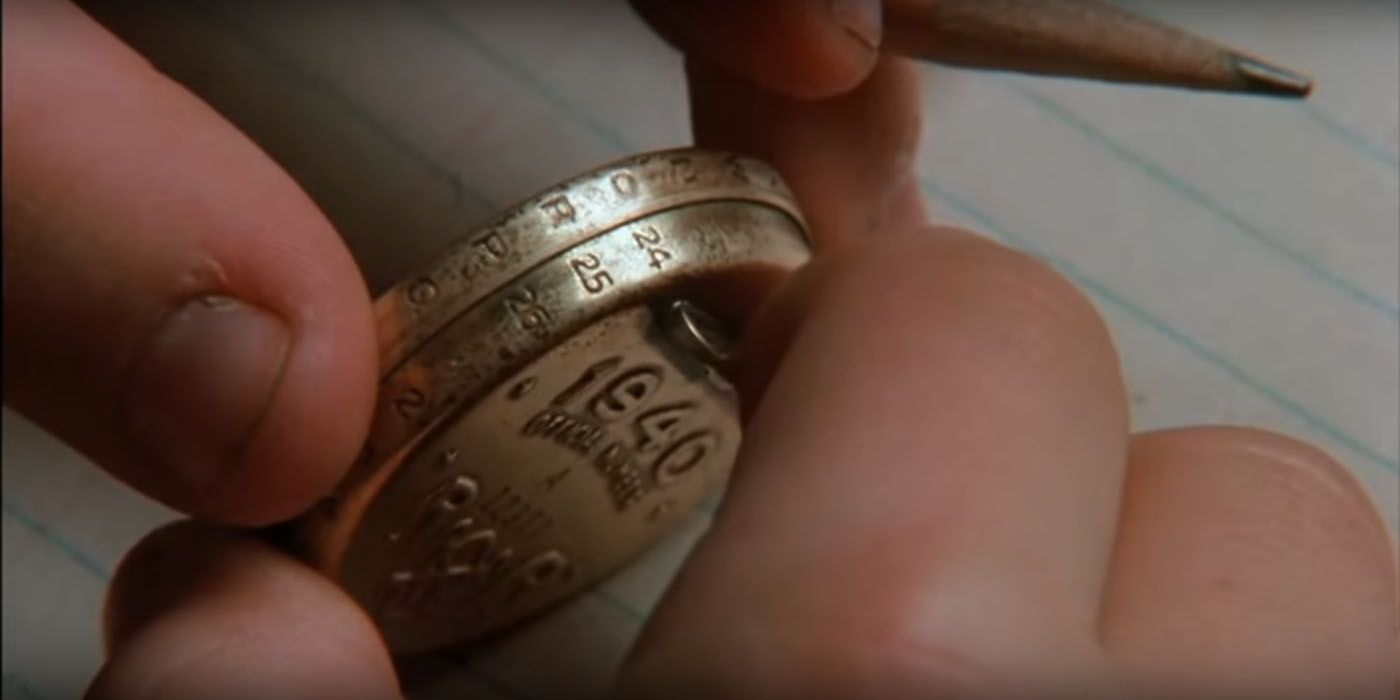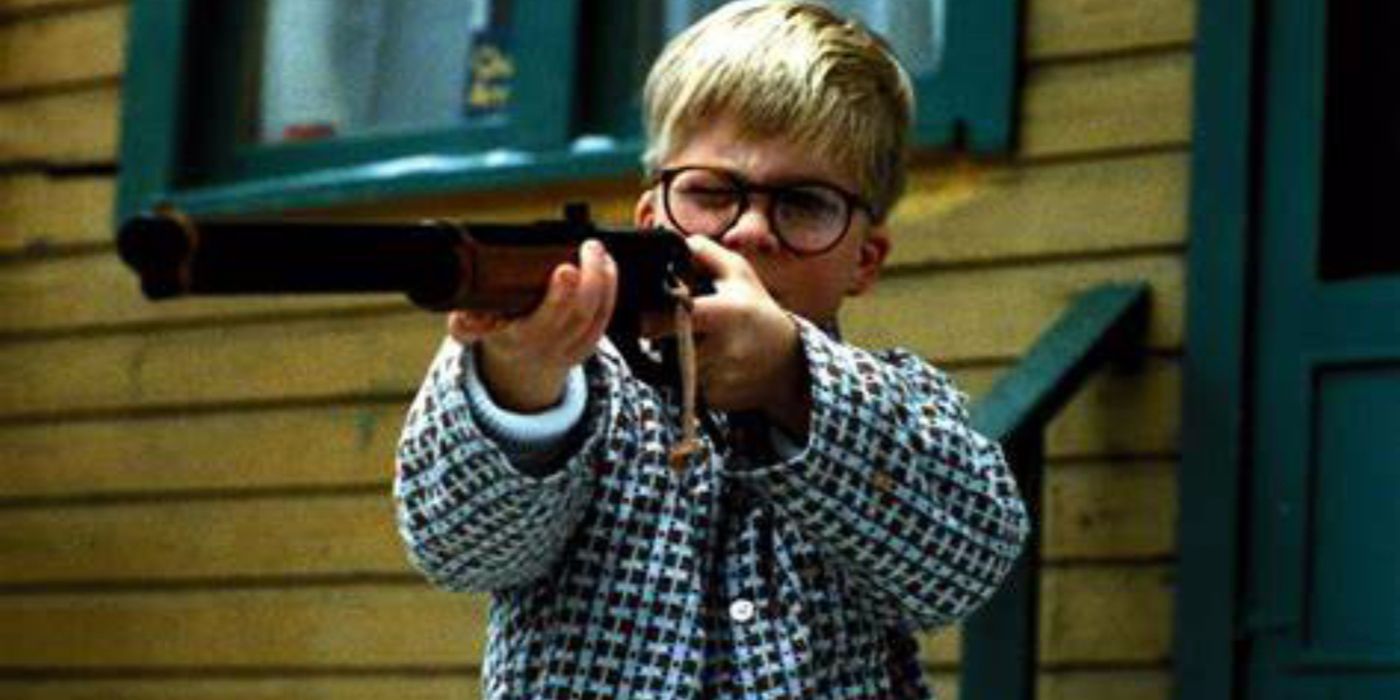Summary
- A Christmas Story is deliberately vague about the year it is set in, adding to the film's timeless and nostalgic charm.
- The film likely takes place in the late 1930s or early 1940s, based on clues such as the 1939 calendar and the absence of references to World War II.
- The discrepancies surrounding props like the Little Orphan Annie decoder pin and the Red Ryder air rifle add to the film's timeline's ambiguity, enhancing the viewing experience.
A seasonal television classic, A Christmas Story, was released in 1983 but was set just over 40 years earlier. As a result, the film could better capture that warm, nostalgic vibe often associated with Norman Rockwell paintings. But rather than focusing on positivity, A Christmas Story embraces the chaos that comes with every family. Although the film's themes are timeless, there's still the lingering question: What year is A Christmas Story set in? The question is kept deliberately vague so as to preserve the sense of slightly fuzzy nostalgia that has made the film so beloved. But a few concrete clues appear in the movie itself that provide clarity to the question.
Based on the writings of humorist Jean Shepherd, A Christmas Story follows a boy named Ralphie Parker (Peter Billingsley) — a stand-in for the author himself — who wants nothing more than to get a Red Ryder BB gun for Christmas. However, every time he tells adults, from his mom to a store Santa, he's told he will shoot his eye out. While Ralphie is dealt multiple moments of disappointment, the film still shows how families keep the Christmas spirit alive, as well as quietly parodying the foibles and foolishness of the holidays.
Updated by Robert Vaux on December 19, 2023: This article has been updated to include additional information about some of the props in A Christmas Story, including the Little Orphan Annie decoder pin and Ralphie's coveted Red Ryder air rifle. Real-world historical details about both products shed considerable light on the question of when the film takes place.
What Year Was A Christmas Story Set In?
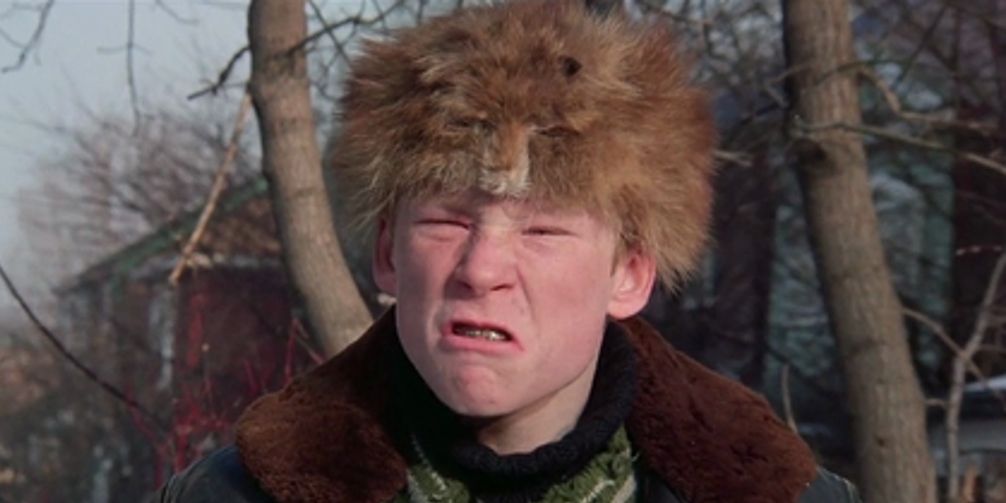
A Christmas Story's 40th Anniversary Celebrated by Scut Farkus Actor
Zack Ward is reflecting on when A Christmas Story was released 40 years ago, noting that "nobody cared" at the time.At a glance, it's difficult to tell when A Christmas Story takes place, as its influences could translate into multiple decades. In some scenes, the 1930s vehicles are a dead giveaway for the setting. However, the popularity of elements like the Little Orphan Annie radio series and the Red Ryder carbine reached beyond that decade, allowing for some ambiguity. This is deliberate. In the DVD audio commentary, director Bob Clark states that he and Shepherd wanted an ambiguous feeling for the date: somewhere in the late 1930s or early 1940s, but nothing more specific than that. Not only does it fit the narrative — in which an adult Ralphie (voiced by Shepherd) looks back on the zaniness of a particularly memorable childhood Christmas — but it matches Shepherd's writing, which purposefully blends facts about his childhood with embellishment and fiction. Shepherd himself was born in 1921 and would have been a teenager during the events of the film. As a result, key details are, at best, incidental and often remain either unspoken or in the background.
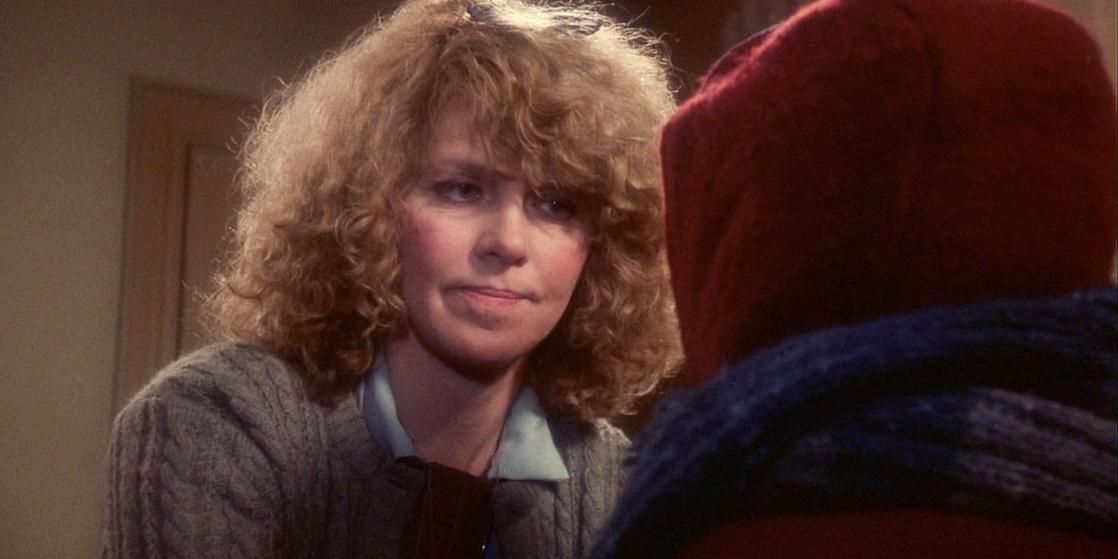
Melinda Dillon, Star of A Christmas Story and Close Encounters, Dies at 83
Melinda Dillon, two-time Academy Award nominee who starred in hits like Close Encounters of the Third Kind and A Christmas Story, has passed awaySome of the biggest clues about the date come from set designs and props. In A Christmas Story, a calendar is shown that matches the year 1939, which seems like a cut-and-dry explanation for what year the film is set in. There's also the inclusion of The Wizard of Oz, which opened in August 1939. Furthermore, there's no mention or sign of World War II, which the U.S. famously entered in December 1941. There are no recruited soldiers in the crowds, no war bond banners, no references to loved ones overseas, and no mention of any news stories from the fighting in Europe. Along with The Wizard of Oz, it puts a reasonably hard date on the story, with a few wrinkles. While it sounds like 1939 is the definite year of the film's setting, some of the film's most prominent props present some discrepancies that muddy the waters a bit.
Ralphie's Decoder Pin Muddies A Christmas Story's Timeline
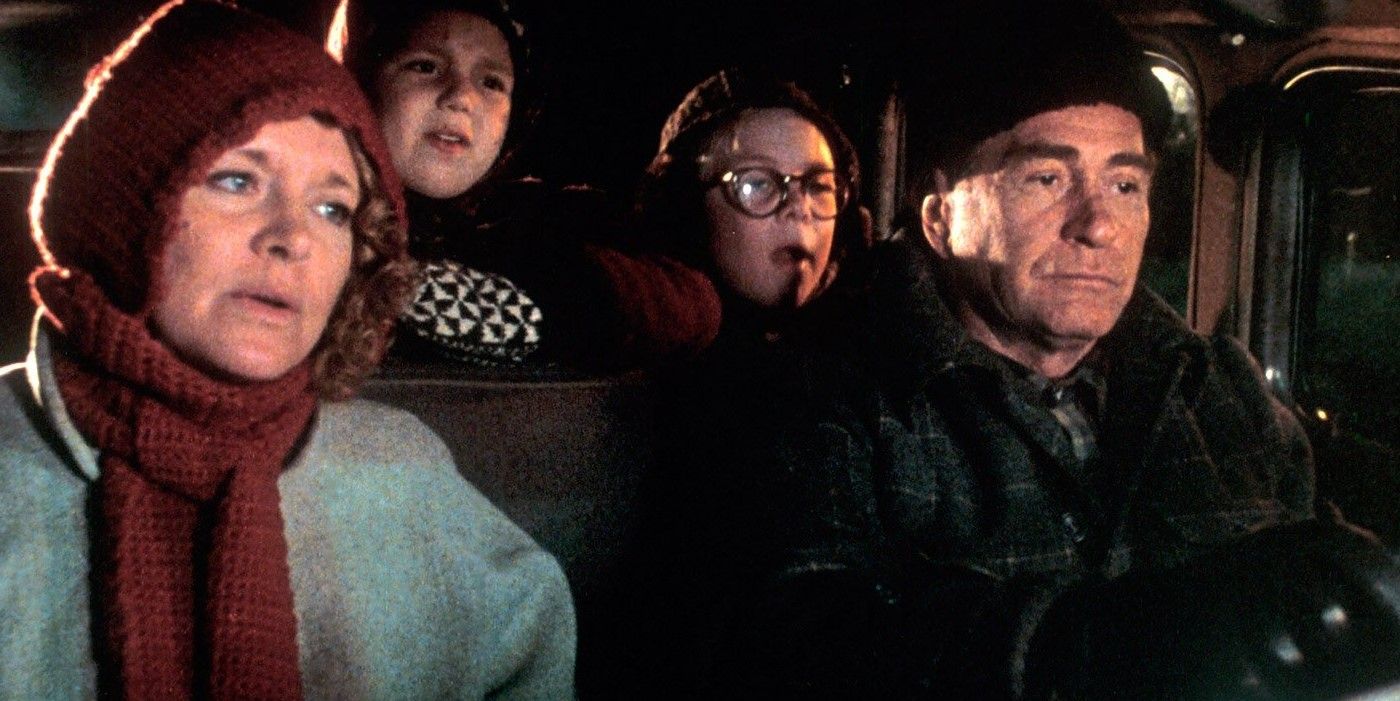
One of A Christmas Story’s Funniest Moments Was Unscripted - For One Actor
A Christmas Story is a beloved holiday film that shows the highs and lows of parenting. But one hilarious moment wasn't even in the script.In the film, Ralphie's favorite radio drama is Little Orphan Annie. Young listeners who are members of Annie's secret circle can receive a decoder pin to decode messages mentioned during the show. A Christmas Story depicts Ralphie's long wait to receive his pin in the mail, and once he does, he immediately decodes the (disappointing) messages. The sequence is patterned on Shepherd's short story, "The Counterfeit Secret Circle Member Gets the Message, or The Asp Strikes Again," which appears in the collection In God We Trust: All Others Pay Cash that served as the basis for the film. However, the decoder pin doesn't display the date 1939 but rather 1940, compounding confusion about what year A Christmas Story takes place. Although the decoder pin further muddies the movie's timeline, the answer may lie in the factories that produced the pin in A Christmas Story's universe. Because it was so close to the end of the year, Ralphie likely obtained one of the first pins for 1940. Seeing as most other movie details point to 1939, the pin may simply represent the fast-approaching new year.
A history of the real-life Little Orphan Annie pins makes that more probable. The popular radio show ran from 1931 to 1942 and made prominent use of promotional items to hook fans, including the decoder pin. Most helped actively market the show's sponsor, Ovaltine, and included things like novelty mugs with a picture of Annie herself imploring her young fans to drink the beverage. The show itself spent much of its running time pushing the drink as well — sometimes filling up as much as seven minutes of its 15-minute episodes — though the pin itself was never used for such purposes the way the movie depicts it. The filmmakers likely used it as a funny way to cite the show's very real over-exposure of its sponsored product. Fans had to send in proofs of purchase in order to get the badge, and the show updated them every year, rendering previous versions useless and compelling audiences to keep drinking Ovaltine to order the next one. In light of that, Ralphie's consternation about getting it — and disappointment at the results — make a lot of sense. It also clarifies the prop's 1940 label, strongly suggesting that Ralphie got it in the winter of 1939, just before the new year started.
Another key detail — not included in the film — likely settles the matter. In 1940, Ovaltine stopped sponsoring Little Orphan Annie to be replaced by Quaker Oats. The pins were subsequently dropped, and the show moved away from Annie herself toward flying ace Captain Sparks, a sign of greater American engagement in World War II. The pins went by the wayside in the process, making 1940 the last year they were produced. Ralphie probably wouldn't have been able to get one in December 1940 with a new sponsor and presumably no promotional codes at the end of each episode.
The Red Ryder Air Rifle Shows the Fuzziness of the Dates in A Christmas Story
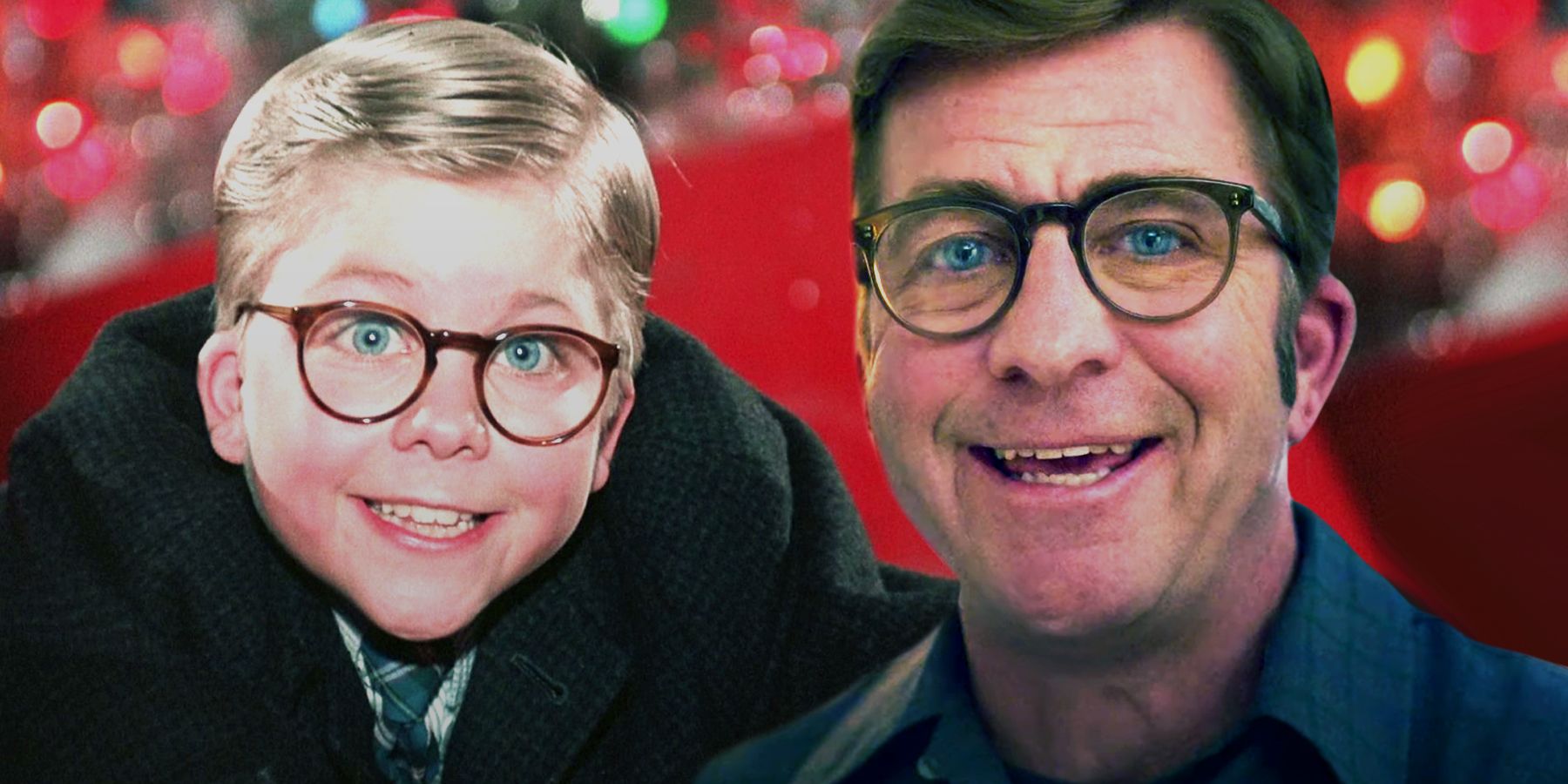
A Christmas Story Christmas Brings the Narrative Full Circle
A Christmas Story Christmas finds Ralphie in the same spot as his father in the first film. It's a beautiful way of connecting the two movies.Despite that, the purposeful vagueness in the timeline — and accompanying discrepancies — makes it difficult to definitively assign it a 1939 date. The biggest is the Red Ryder air rifle itself, named after a popular comic-strip cowboy who first debuted in 1938. That would seem to correspond to the 1939 timeline, except for one nagging detail: the Red Ryder air rifle wasn't released until the spring of 1940, making it impossible for Ralphie to get one before then. It would move the date of the film to Christmas 1940, which technically works, but also contradicts historical details about the Little Orphan Annie pin. Furthermore, no version of the Red Ryder ever had a compass and a sundial in the stock, though another air rifle from the same company (Daisy Air Rifles) did. The "Buck Jones" model — named after a popular movie cowboy — had been sold since 1934, and while Shepherd claimed that the prop matched his childhood memories, he could very easily have conflated the two models. Considering his age, he likely recalled the Buck Jones, which would have been sold when he was still a boy instead of a young adult. The prop in A Christmas Story was built specifically for the film.
Again, that fuzziness is part of the point. Thematically, the lack of clarity about what year A Christmas Story is set in adds to the timeless feeling, with an adult voice-over speaking about childhood memories that may have merged over the years. Similarly, the film's rollicking series of chaotic events may have taken place over multiple Christmases, only to be merged into a single catastrophic holiday for the sake of a unified narrative. That gives a sense that, even with a date, the film exists outside of time. Thus, while the data can be contradictory, the ambiguity of the year helps enhance the overall experience, which is a big part of what helps A Christmas Story stand the test of time.
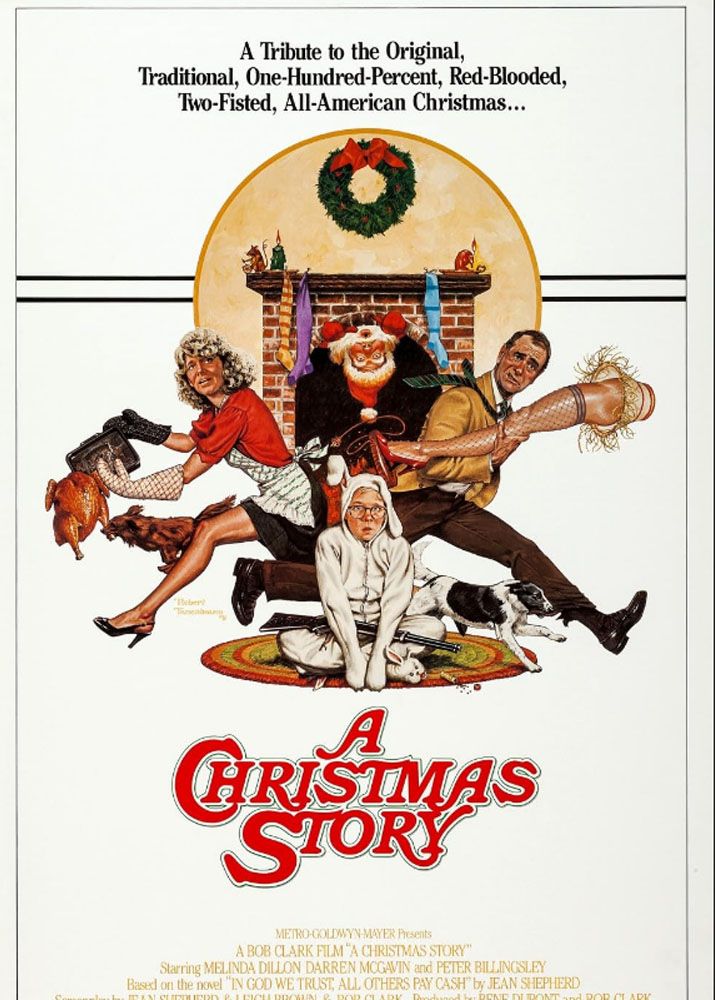
A Christmas Story
In the 1940s, a young boy named Ralphie Parker attempts to convince his parents, teacher, and Santa Claus that a Red Ryder Range 200 Shot BB gun really is the perfect Christmas gift.
- Release Date
- November 18, 1983
- Director
- Bob Clark
- Cast
- Melinda Dillon , Darren McGavin , Peter Billingsley
- Runtime
- 94 minutes
- Writers
- Jean Shepherd
- Production Company
- Metor-Goldwyn-Mayer


